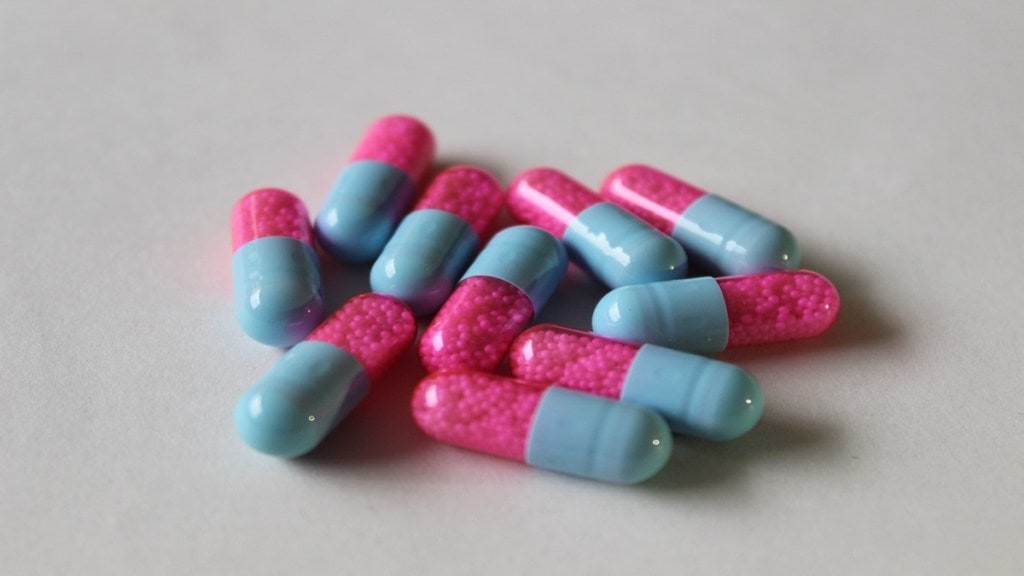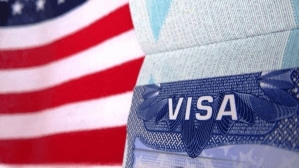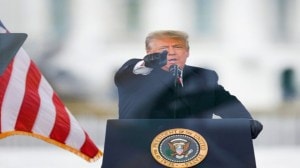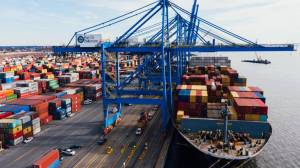US President Donald Trump is likely to impose 25 percent tariff on imported pharmaceuticals and the drugmakers are anticipating adverse impact especially on American. Lars Fruergaard Jørgensen, CEO, Novo Nordisk on Thursday revealed that that Novo Nordisk is one of the biggest investors in the United States and these tariffs can harm the American patients especially with respect to generic medicines.
“…if you look at the pharmaceutical industry, the investments we have done over the past, say, five, ten years and the ongoing investments we have right now is up in the absolute top category of investments being made. And I expect that with the growth strategy we have, we’ll also be making investments in the future in The US. So in many aspects, I think we are doing what’s being asked to do. And that expanding capacity is of course the key to serve more patients, help individual Americans, but also take the burden of the US healthcare system,” Jørgensen said during the company’s global press briefing.
He also said that they have a “really good commitment to the US.” “So I would say, in general on pricing, because I can’t comment specifically on our pricing, but if you look at by far the largest drug category is generic medicines and many of those are sourced from overseas. So the API comes from overseas because the capacity is not available in The US. These are huge volumes at very low price. And if you put tariffs on those…it will either lead to shortage of medicine or increased pricing in general,” he highlighted.
The CEO also maintained that the medicines are produced with a relative, low margins and arbitrage done across drug categories.
“So I think it will lead to, the risk of, shortage of medicines or inflation on some of these medicines that can be felt in the market,” he said.
‘Tariff taskforce’
As Trump’s proposed day to impose tariff nears, Europe’s pharmaceutical firms are rushing to prepare for the potential fallout of U.S. import duties, with some forming “tariff taskforces”, as per CNBC report. While citing analysts the report revealed that levies on the sector could break global trade rules.
“Clearly we’re looking at what happens to the tariffs in Europe and what also happens to tariffs [on] medical equipment,” CEO Helen Giza told CNBC’s “Squawk Box Europe” last week.
“The escalation and speed of this, with the executive orders, is something we assembled pretty quickly,” Giza said of the taskforce. On Wednesday, Trump hinted that the European Union may be next to face sweeping 25% tariffs on its exports to the U.S., mirroring similar threats toward Canada and Mexico. It came a week after Trump said he was considering a flat charge of around 25% on all pharmaceutical, auto and chip imports.
Some experts also claim that these levies can lead to an infringement of rules set by the World Trade Organization (WTO). According to the WTO’s 1994 Pharma Agreement, the majority of pharmaceutical products and the substances used to produce them are exempt from tariffs, binding them at duty-free levels, CNBC reported.
The U.S. consumed around $560 billion worth of pharmaceutical products in 2024, more than one third of which were imported, primarily from Ireland, Germany and Switzerland. Consequently, the European drugmakers would be one of the hardest-hit players.
One of the stated aims of Trump’s tariffs is to boost domestic U.S. manufacturing, by encouraging firms to locate their production. On Monday, Pfizer’s CEO suggested that the U.S. drug maker could move some of its overseas manufacturing to its U.S. plants to mitigate higher costs.
“If something happens, we will try to mitigate it by transferring from manufacturing sites outside to the manufacturing sites here,” Albert Bourla told TD Cowen’s annual healthcare conference.
Diederik Stadig, sector economist at ING, as quoted by CNBC, “It will take time to build manufacturing plants and use idle manufacturing capacity. The economies of scale for generic API [active pharmaceutical ingredients] production in India and China are so significant that even with a 25% tariff the production of generic APIs is not necessarily cheaper in the U.S. It will prove difficult to quickly source raw materials.”
Others have warned that additional levies will only serve to push up prices in the already costly U.S. healthcare sector.
What this means for India?
Indian drugmakers earn a significant share of revenue from the United States, the largest importer of Indian pharma products. According to the data from government-backed trade body Pharmaceuticals Export Promotion Council of India (Pharmexcil), India’s pharma exports to the country stood at $8.73 billion in fiscal 2024, accounting for nearly 31 percent of the industry’s overall exports.
As previously reported by Financial Express.com, India supplies nearly 47% of the generic medicines for the American patients and contributing significantly to the country’s healthcare savings.
“The proposal regarding reciprocal tariffs is currently under talks and is being examined. This matter will be discussed through bilateral engagements between the two countries, and further steps will be determined accordingly,” Sudarshan Jain, Secretary General, Indian Pharmaceutical Alliance (IPA) told Financial Express.com earlier.
Indian pharmaceutical companies like Dr. Reddy’s Laboratories, Lupin, Cipla, and Zydus are more vulnerable to this move. Sun Pharma and Torrent Pharma are likely to be less affected due to their lower reliance on US generics sales.








